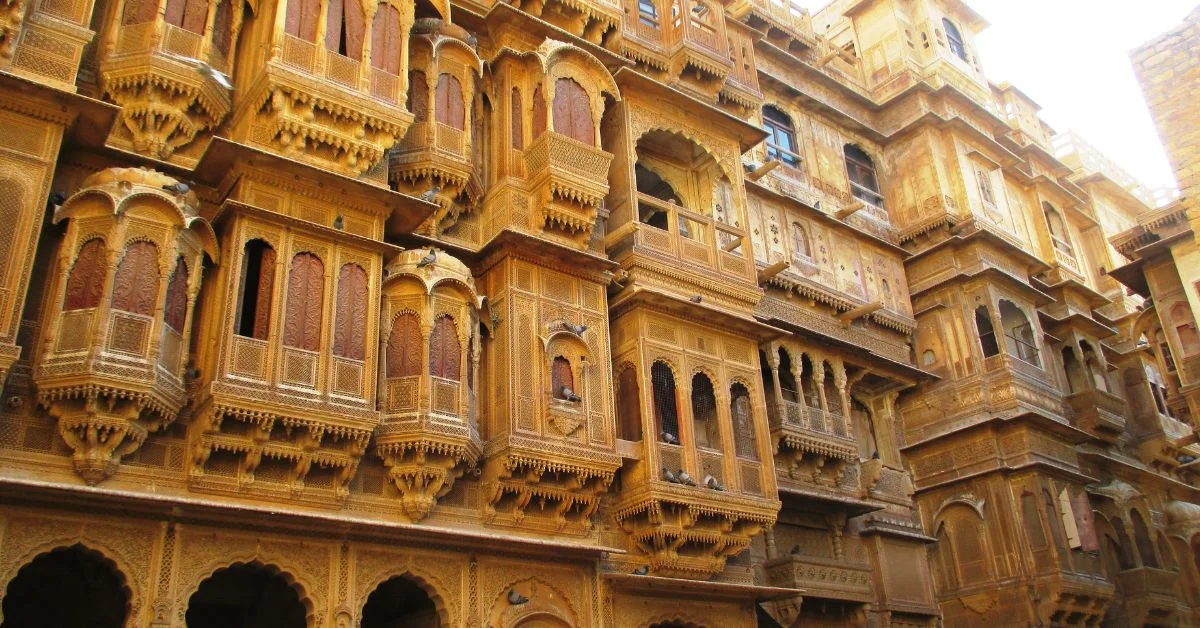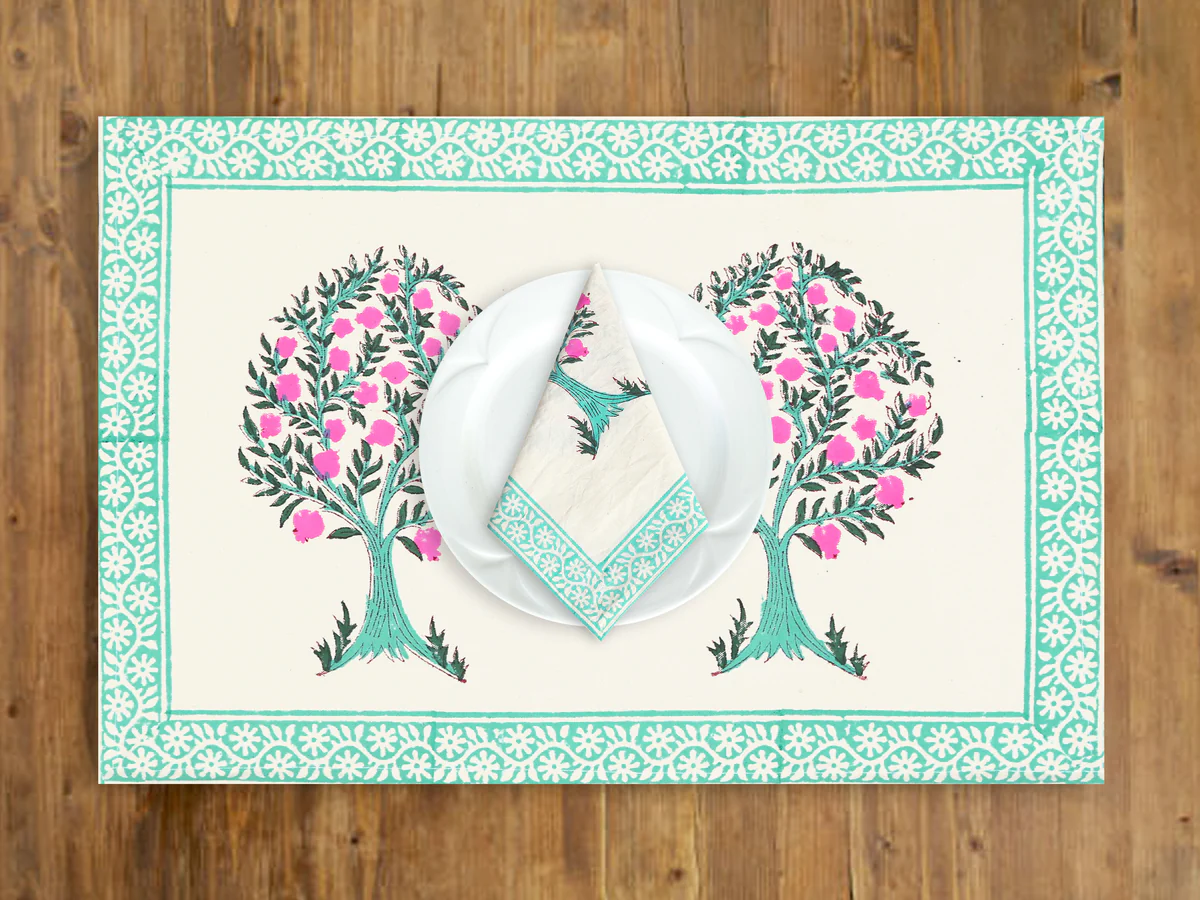Patwon Ki Haveli: A Timeless Marvel

Patwon Ki Haveli is one of the most magnificent architectural wonders in Jaisalmer, Rajasthan. Built in the early 19th century by Guman Chand Patwa, a wealthy trader, this haveli is a symbol of Jaisalmer’s rich cultural heritage. It consists of a cluster of five havelis, making it the largest mansion in Jaisalmer. The intricate carvings, stunning jharokhas (balconies), and unique architecture of Patwon Ki Haveli attract thousands of tourists every year.
History of Patwon Ki Haveli
The construction of Patwon Ki Haveli began in 1805 and took over 50 years to complete. Guman Chand Patwa, a prominent businessman involved in the trade of gold, silver, and precious stones, commissioned the haveli. He built separate sections of the mansion for his five sons, which led to the formation of five interconnected havelis. The architecture reflects a blend of Rajputana and Mughal styles, showcasing exquisite craftsmanship and attention to detail. Each of the five havelis has its own charm, with intricately carved facades and beautifully decorated interiors.
Architectural Brilliance of Patwon Ki Haveli
Patwon Ki Haveli is renowned for its delicate carvings and detailed mirror work. The exterior of the haveli features intricate stonework, showcasing fine craftsmanship that has stood the test of time. The walls and ceilings of the mansion are adorned with murals and paintings that depict scenes from daily life, religious themes, and cultural heritage. The beautiful archways and windows with lattice designs add a touch of elegance to the structure.
Inside the haveli, visitors can explore numerous rooms, corridors, and courtyards that provide a glimpse into the opulent lifestyle of the Patwa family. The intricately carved wooden doors and windows are a testament to the skills of the artisans of that era. Tourists visiting as part of a Jaisalmer Sightseeing Tour often marvel at the beauty of this architectural gem.
Exploring the Interiors of Patwon Ki Haveli
The interiors of Patwon Ki Haveli offer a fascinating journey into the past. The walls are decorated with vibrant paintings, mirror work, and ornate carvings that add to the charm of the haveli. Many of the rooms have been converted into museums that showcase artifacts, antique furniture, and costumes that reflect the lifestyle of the Patwa family.
Mirror Work and Murals
One of the most striking features of the haveli is the mirror work and colorful murals that adorn the walls and ceilings. The elaborate mirror designs create a mesmerizing effect when light passes through them, adding to the grandeur of the mansion. Visitors exploring Patwon Ki Haveli as part of a Jaisalmer Sightseeing Tour often spend hours admiring the intricate details that tell stories of a bygone era.
Importance of Patwon Ki Haveli in Jaisalmer
Patwon Ki Haveli holds great historical and cultural significance in Jaisalmer. It reflects the prosperity and influence of the Patwa family, who played a crucial role in the economic development of the region. The haveli stands as a reminder of Jaisalmer’s thriving trade and commerce during the 19th century. Today, Patwon Ki Haveli is a protected monument under the Archaeological Survey of India (ASI) and is open to the public for exploration.
The haveli also serves as a popular stop for tourists on a Jaisalmer Sightseeing Tour, where they get to experience the grandeur of Rajasthan’s royal heritage. Many travelers who visit Patwon Ki Haveli also prefer to book a stay at a Jaisalmer Desert Camp Booking to immerse themselves in the desert charm of the region.
Best Time to Visit Patwon Ki Haveli
The best time to visit Patwon Ki Haveli is during the winter months, from October to March, when the weather is pleasant and comfortable for sightseeing. The cool breeze and mild temperatures make it ideal for exploring the narrow lanes of Jaisalmer and marveling at the architectural wonders. Visitors can plan their visit early in the morning or late in the afternoon to avoid the heat and enjoy a peaceful tour of the haveli.
Combine Visit with Desert Camp Stay
For those who wish to experience the magic of the Thar Desert along with exploring Patwon Ki Haveli, opting for a Jaisalmer Desert Camp Booking is a great idea. Staying at a desert camp like Desert Dream Royal Camp allows tourists to enjoy traditional Rajasthani hospitality, cultural performances, and a breathtaking view of the desert landscape.
How to Reach Patwon Ki Haveli
Patwon Ki Haveli is located in the heart of Jaisalmer, near the famous Jaisalmer Fort. It is easily accessible by auto-rickshaws, taxis, and local buses from different parts of the city. Visitors who choose a Jaisalmer Sightseeing Tour often have Patwon Ki Haveli included in their itinerary. For those arriving by train, the Jaisalmer Railway Station is just a few kilometers away, making it convenient for tourists to reach this architectural marvel.
Tips for Visiting Patwon Ki Haveli
-
Wear comfortable footwear: The haveli has many narrow lanes and steps, so comfortable shoes are recommended.
-
Carry water and sunscreen: Jaisalmer’s climate can be harsh, especially during summer, so staying hydrated and protecting yourself from the sun is essential.
-
Respect the heritage: While exploring the haveli, it’s important to respect the artifacts and avoid touching the delicate carvings and paintings.
Conclusion
Patwon Ki Haveli is not just an architectural marvel but also a glimpse into the opulent lifestyle and cultural heritage of Jaisalmer. The intricate carvings, beautiful murals, and historical significance make it a must-visit destination for anyone exploring Rajasthan. Whether you are on a Jaisalmer Sightseeing Tour or planning a Jaisalmer Desert Camp Booking, a visit to Patwon Ki Haveli will undoubtedly leave you mesmerized. Exploring this timeless marvel allows travelers to connect with the rich history and artistic brilliance of Jaisalmer, making it an unforgettable experience.







